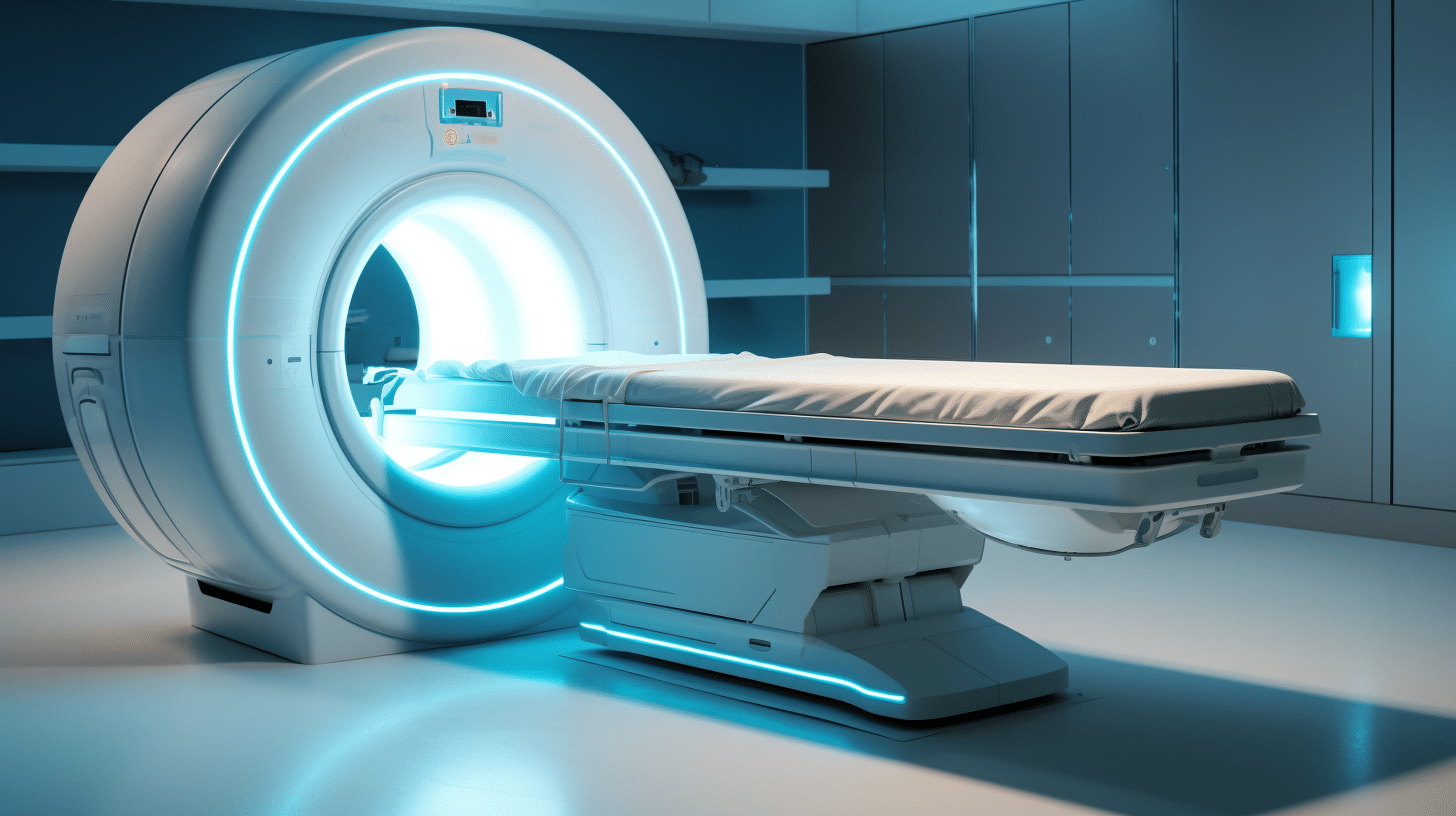Precautions that should be taken during MRI Imaging and its Benefits.
Magnetic resonance imaging (MRI) is a procedure carried out in kenya to view the internal body structures with the aim of diagnosing a disease condition, commonly in cancer patients. This technique uses very strong oscillating and static magnetic fields in conjunction with electromagnetic radiation. During MRI procedure patients and staff are exposed to strong rapidly changing magnetic fields and this can be a predisposing factor as far as neurological and deleterious physiological responses are concerned. In some cases the patients or the staff may suffer burns due to heat generated by the oscillating radiofrequency.
Having these in mind, both staffs and the patients should adhere to the following during an MRI imaging procedure;
a) Avoid entering with a Magnetic material in the imaging room.
Most of the magnets used in the MRI are very strong (0.5-5 Tesla) and generates an equally strong magnetic field. Therefore any magnetic object will be attracted towards the magnets and may move at a seed of a shot bullet. Objects such as wrist watches, spectacles, belt, scissors or any metallic object should be removed first before entering the MRI imaging room.
b) Carefully follow instructions issued by the radiologist
Patients are usually instructed before, during and after the procedure. It is important to note that by following the instructions chances of repeating the procedure is minimized which would otherwise expose the patient and the radiologist to radiation effects.
c) Rise an alarm if you have a metallic implant
Entering the imaging room with an implant is not allowed since may result to tissue damage as the metal is attracted by the magnet. Patients therefore should provide medical records to the doctor for history to be taken.
d) Carefully read and adhere to warning signs
The MRI room is usually labeled with warning signs at the door. These warnings include; screening for metallic objects and the procedure to take in case of an emergency as well as restricted public access.
e) Good in-house practices by personnel
The staff and other personnel working in or around the MRI room should also take precaution. They must observe the warnings and precautions by being screened for magnetic objects.
Why use MRI other than other imaging Techniques.
MRI uses non-ionizing forms of energy therefore reducing chances of occurrence of radiation induced cancer. The ability of magnetic field to penetrate all body tissues makes this technique important since diagnoses of disease is possible in all types of tissues. A clear image of the targeted tissues is achieved with MRI due to multiple sources of contrast as well as multiple planar as images may be produced in any desired plane.



0 comments